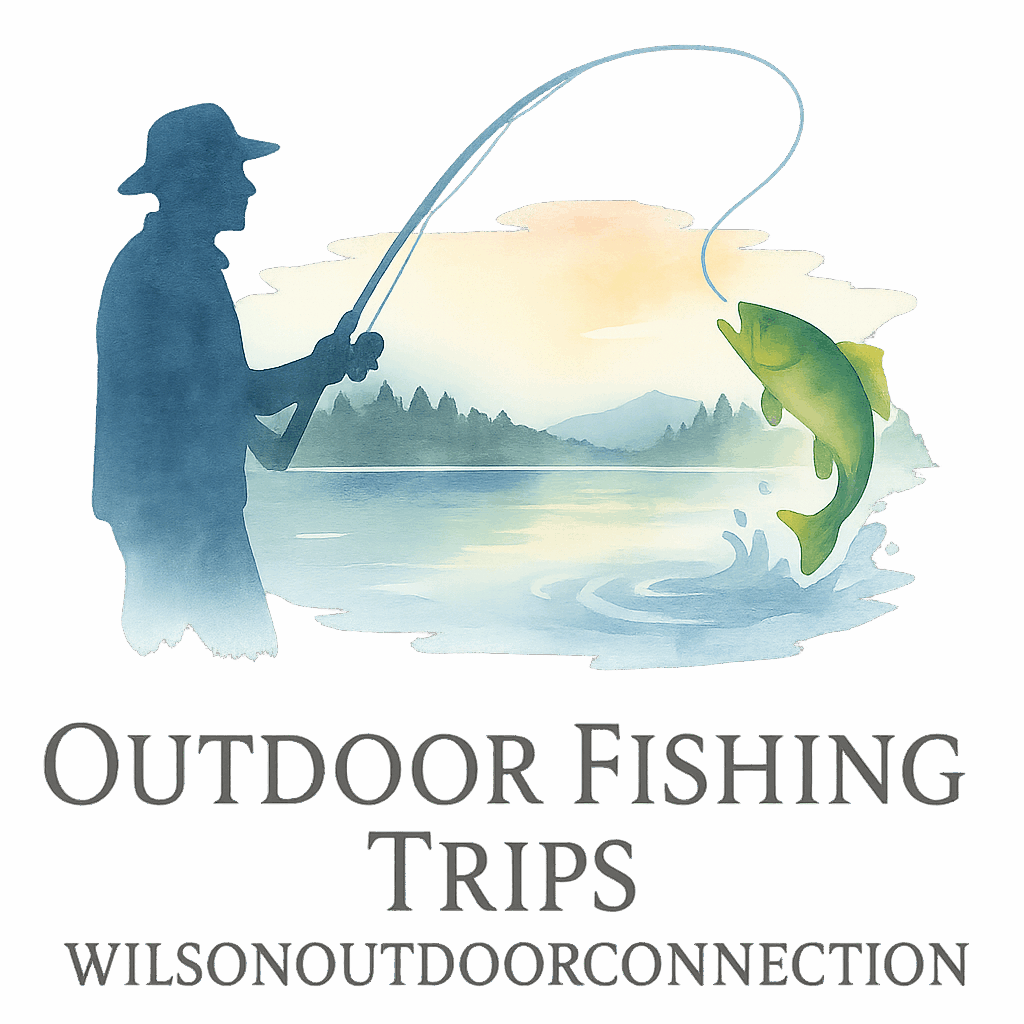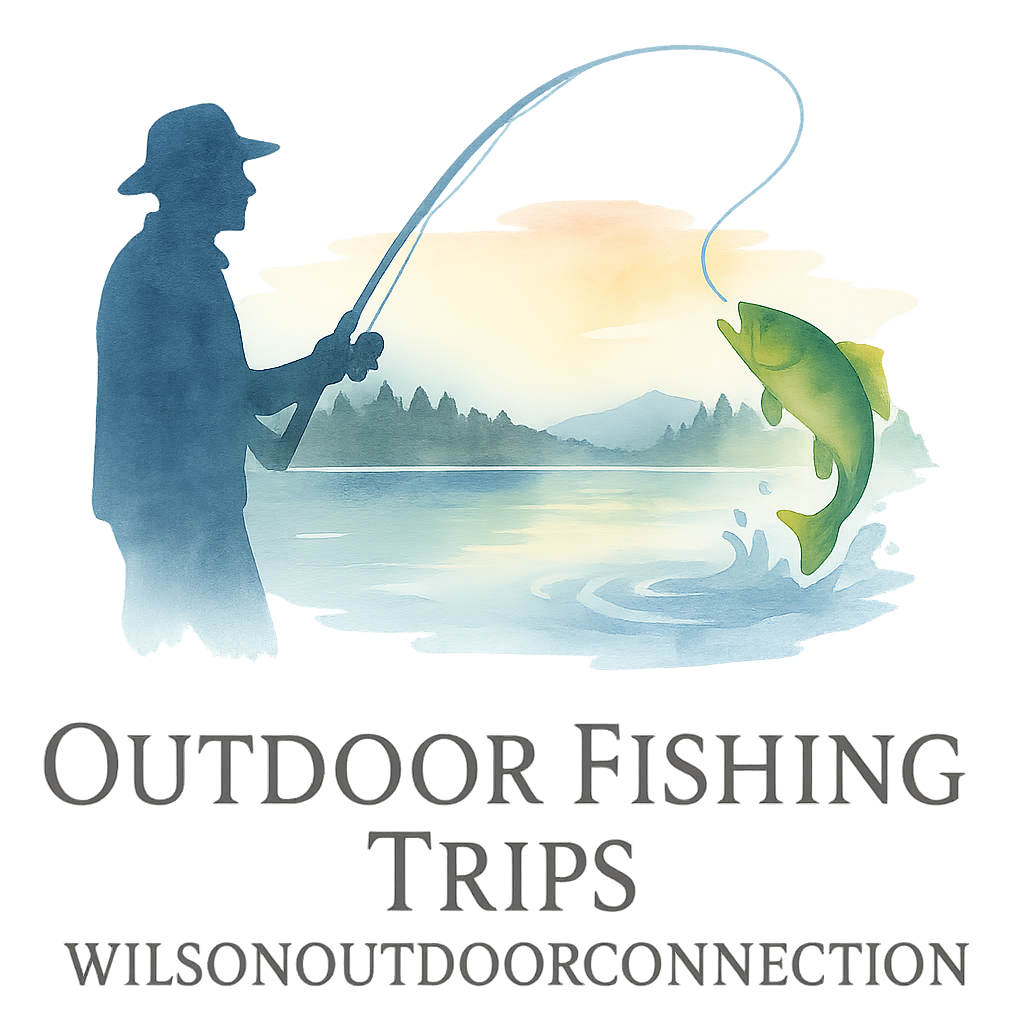If you’ve ever stared at a deep lake and wondered how to fish those mysterious depths, jigging might just become your new favorite technique. Unlike surface or shallow-water fishing, jigging is like a dance—strategic, rhythmic, and highly effective when you know the steps. Let’s explore five jigging techniques that are absolute game-changers for deep lake anglers.
Why Jigging Works So Well in Deep Lakes
Deep lakes are like underwater cities—complex, layered, and packed with fish that hang out in cooler, deeper zones. Jigging mimics injured baitfish, luring predators like lake trout, bass, and walleye out of hiding.
By working vertically through the water column, you can reach fish holding at different depths. That’s what makes jigging a go-to technique for seasoned anglers, especially in deeper bodies of water like those featured at Fishing Destinations – Lakes.
What You Need Before You Jig
Before you even tie on your jig, make sure your gear and knowledge are dialed in. Deep lake jigging isn’t just about dropping a lure—it’s about precision, presentation, and having the right tools at hand.
Choosing the Right Jigging Gear
Rod and Reel Combos for Jigging
Jigging in deep water demands sensitivity and strength. You’ll want a medium-heavy rod with a fast action tip to detect subtle bites, paired with a spinning or baitcasting reel with high line capacity. Check out the best fishing gear essentials to build your perfect setup.
Must-Have Jigging Accessories
From fluorocarbon leaders to specialized jig heads, accessories can make or break your day. Browse the top accessories to keep in your tackle box for deep jigging trips.
Understanding Depth and Structure
Use sonar or a fish finder to locate drop-offs, submerged ledges, and underwater humps—prime locations for jigging. These areas are like fish magnets and give your jigs the best chance to shine.
Technique #1: Vertical Jigging
This is the bread and butter of deep lake jigging.
When to Use It
Use vertical jigging when you see fish stacked below your boat or when targeting isolated structure. It’s ideal for stationary fishing, especially in calm water.
How to Master Vertical Jigging
Drop your jig straight down, then bounce or lift it in rhythmic motions. Think of it like sending Morse code to fish—it’s all about communication.
Use jigs that mimic the forage in your lake, and vary your cadence to see what triggers bites.
Need more help mastering jigging? Check out fishing techniques and tips from expert anglers.
Technique #2: Slow-Pitch Jigging
If fish are ignoring your flashy presentations, slow-pitch jigging might be your secret weapon.
Perfect for Finicky Fish
This technique shines in cold water or when fish are sluggish. Instead of fast jerks, you use slow, deliberate lifts to keep the jig fluttering seductively.
Tips for Effective Slow-Pitch Movements
Use wider, flatter jigs and lift your rod slowly before letting it fall. This creates a wounded-baitfish action that screams “easy meal.”
Technique #3: Flutter Jigging
This is your go-to when fish are suspending in the mid-water column.
Triggering Strikes During Drop
Flutter jigs don’t sink straight—they wobble and twirl, mimicking dying baitfish. Most strikes happen on the fall, so stay alert!
Gear Recommendations for Flutter Jigs
Use light line and a sensitive rod. Lighter jigs are key to a better flutter, especially in calm deep water.
For jigging combos that suit fluttering, browse the combo section of Wilson Outdoor Connection.

Technique #4: Speed Jigging
Sometimes, you’ve got to be aggressive to trigger reaction bites.
Aggressive Fish Need Aggressive Moves
Speed jigging involves rapidly jerking the jig up and letting it fall in quick succession. It imitates baitfish fleeing from predators—perfect for triggering strikes from big bass or lake trout.
Timing and Cadence Matter
Experiment with fast lifts and pauses. You want to keep fish chasing. It’s all about energy—think of it as the espresso shot of jigging techniques.
Technique #5: Snap Jigging
A hybrid of finesse and power, snap jigging is all about sudden movements that provoke instinctual strikes.
Combining Power and Finesse
Snap the rod tip upward quickly to move the jig abruptly, then let it fall back. This “snap-fall” action mimics a baitfish darting and dying—a combo fish can’t resist.
Jig Heads and Soft Plastics: A Winning Combo
Pair a football jig head with a fluke or soft shad to get the best results. This combo adds realism and vibration to your snap.
For beginner-friendly setups, check out our beginner gear tips.
Common Jigging Mistakes to Avoid
- Jigging too fast when fish are sluggish.
- Not watching your line on the drop—most bites happen here!
- Using the wrong jig weight for the depth.
- Failing to match the hatch (wrong color or size of bait).
- Ignoring structure or cover on sonar.
For a full checklist before your next trip, don’t skip preparation.
Best Deep Lake Jigging Destinations
Popular Lakes to Try
Deep, clear lakes are your best bets. Places like Lake Superior, Lake Tahoe, and many featured on our fishing destinations page are ideal jigging hotspots.
Why Lake Choice Matters
Some lakes are better suited for jigging because of their depth, structure, and clarity. Research before your trip to increase your chances of success.
How Jigging Builds Bonds with Family & Friends
Want a way to connect with your loved ones? Try jigging together. It’s peaceful, rewarding, and gives everyone—from kids to grandparents—a chance to catch something.
Learn more about fishing with family and friends and how it boosts relationships and builds memories.
Planning the Ultimate Jigging Trip
From packing gear to choosing the right lake, planning is half the fun. Explore our in-depth guide on fishing trip planning for all the tools to build an unforgettable adventure.
Conclusion
Jigging in deep lakes is both an art and a science. Whether you’re vertical jigging over a ledge, fluttering your bait in mid-water, or speed jigging through a school of predators, each technique has its moment to shine.
When you pair the right gear, technique, and lake—magic happens. So grab your rod, prep your jigs, and get ready to dance with the fish beneath the surface.
Don’t forget to explore Wilson Outdoor Connection for gear, guides, and the next-level know-how to turn your jigging skills from decent to deadly.
FAQs
1. What is the best jigging technique for beginners?
Vertical jigging is easiest to start with. It’s simple, effective, and teaches you the basics of jig control.
2. How deep can I jig effectively in a lake?
You can jig in waters over 100 feet deep with the right gear and jig weight. The key is keeping contact with your bait.
3. Do I need a fish finder for deep lake jigging?
While not required, it drastically improves your odds. Fish finders help you locate structure and schools.
4. Can I jig from shore in deep lakes?
It’s possible near drop-offs or cliffs, but boat fishing gives you better access and control over your presentation.
5. What time of day is best for deep lake jigging?
Early morning and late afternoon are typically best, but this varies by season and species.
6. What type of line is best for jigging?
Braided line with a fluorocarbon leader offers sensitivity and strength for deep water jigging.
7. Can I jig with live bait?
Absolutely. Tipping your jig with minnows or worms can boost its appeal, especially in cold water.


